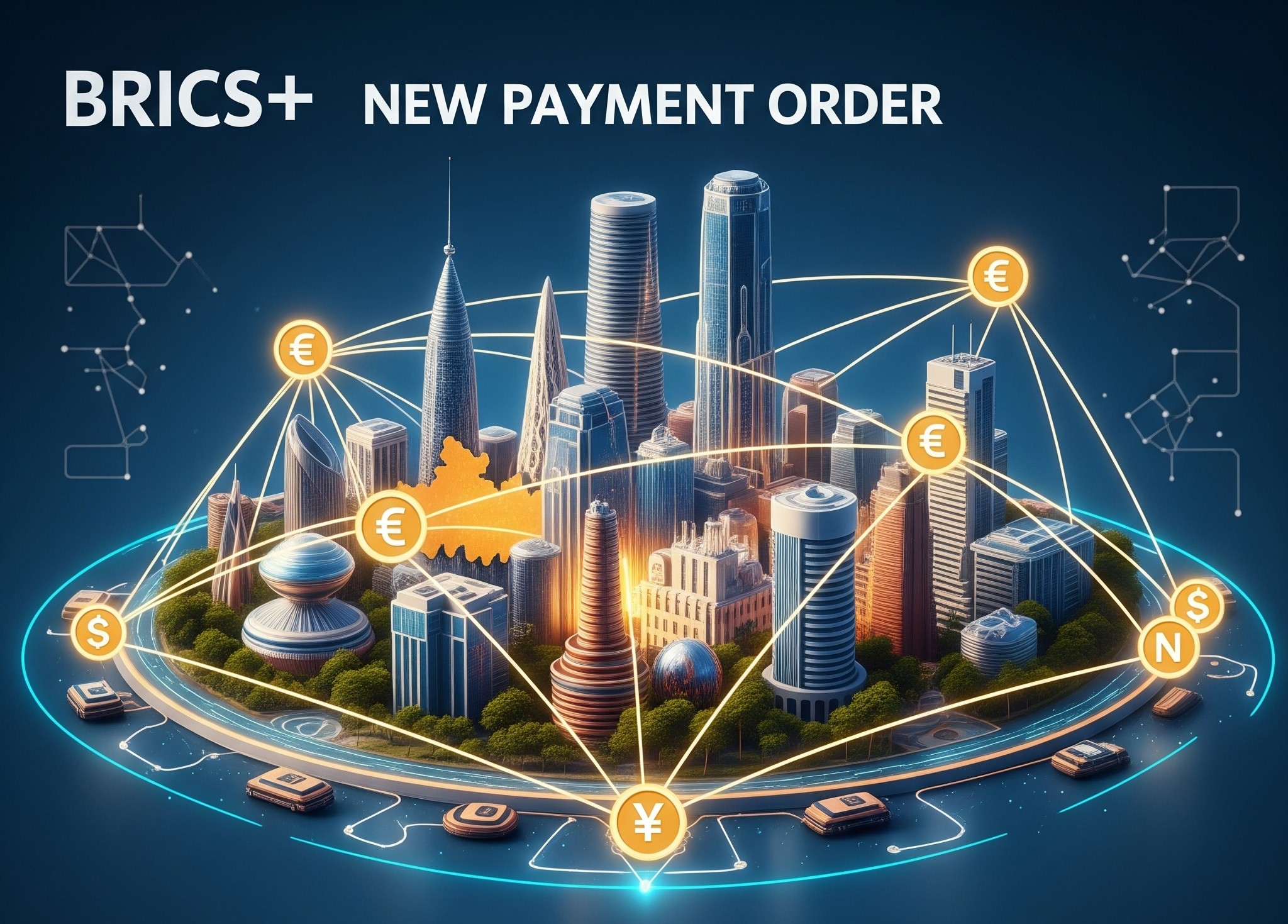As BRICS expands into BRICS+, its influence is no longer theoretical. From Africa to the Gulf and Asia, the effects are already reshaping how money moves across borders, faster, cheaper, and more local than before.
And as the bloc grows more integrated, one big question follows: Could BRICS create its own currency?
BRICS+ Expansion Is Opening New Payment Corridors
On 1 January 2024, BRICS officially expanded to include Egypt, Ethiopia, Indonesia, Iran and the United Arab Emirates, turning BRICS into BRICS+ and doubling its reach. This isn’t just political symbolism—it’s rewiring financial routes across several regions.
Here’s how it plays out locally:
Asia–Gulf: India and UAE Lead with a Currency Shortcut
India and the UAE launched a local currency settlement system (INR⇄AED) that skips the U.S. dollar. This enables faster remittances, real-time trade payments, and lower conversion fees—especially useful for workers, MSMEs, and import/export firms.
Why it matters:
- Real-time UPI ↔ IPP connections mean instant money movement
- Reduces dependence on USD and global FX volatility
- Lowers transaction costs in one of the world’s busiest corridors
Africa: PAPSS Gains Power with Egypt and Ethiopia In
The Pan-African Payment and Settlement System (PAPSS)—championed by BRICS+ members like Egypt and Ethiopia—connects African countries in their own currencies. This makes trade within Africa smoother and reduces the need for dollar reserves.
What’s changing:
- Traders and service providers in Africa can now settle faster, with fewer fees
- Local currencies like birr, naira, or rand gain more utility
BRICS+ members drive interoperability for emerging market economies
Middle East–Asia–Russia: New Corridors Emerge
With Iran, Saudi Arabia, and the UAE joining BRICS+, new economic links are forming. These countries are testing out non-dollar oil trade, digital payment partnerships, and bilateral deals settled in yuan, rubles, or dirhams.
So What’s the Next Step? A BRICS Currency?
With all this local currency action, some are asking: Will BRICS launch its own currency?
So far, BRICS hasn’t committed to a single shared currency, but conversations are heating up. Officials have floated the idea of a shared settlement unit, possibly digital, to simplify intra-bloc trade.
What That Could Look Like:
- Not a replacement for local currencies, but a complementary one like the Eurozone's early ECU
- Used only between central banks or large institutions, not everyday consumers (yet)
- Could increase independence from SWIFT and dollar-based systems
Whether or not BRICS launches a shared currency, the direction is clear: regional payment autonomy is gaining ground. By prioritizing local currencies and interoperable systems, BRICS+ is shifting the global financial narrative away from the dollar and toward a more multipolar structure.
For regional fintechs and cross-border traders, this evolution could mean:
- Faster settlements with less friction
- Lower dependence on expensive FX corridors
- A rise in localized financial infrastructure—from rails to wallets
As BRICS+ continues to grow, so does the possibility of a more diverse, decentralized, and inclusive future for global payments.
Let Remsea Help Your Business Make Smoother Payments

